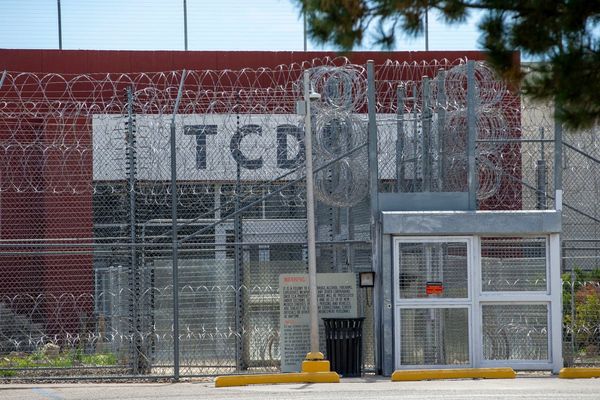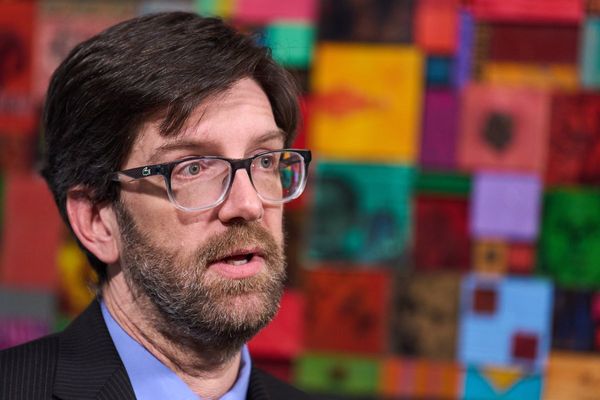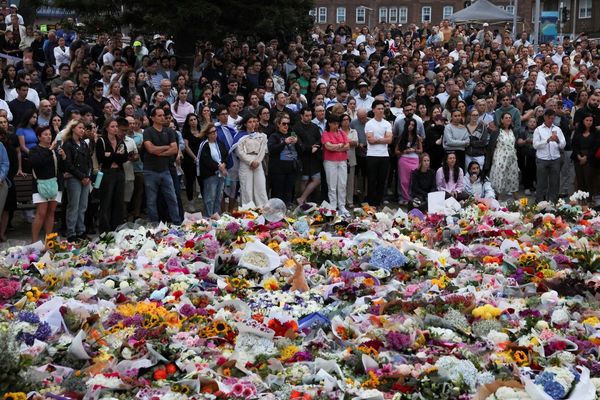
Thousands of demonstrators are expected to flood streets across American states on May Day to protest against President Donald Trump and billionaire supporters like Elon Musk, in what organisers call a response to 'a war on working people.'
The protest demonstrations have been planned nationwide on 1 May, a date historically linked to workers' rights since the bloody Haymarket affair of 1886. The protests follow declining presidential approval ratings after Trump's first hundred days back in office.
'We are reclaiming our power from corporate elites, and we will not be intimidated by Trump, Musk, or their billionaire backers,' organisers wrote in materials promoting the demonstrations. 'They've ruled for too long. Their time is up. And May Day is just the beginning.'
While discussions may arise regarding potential future demonstrations, such as those involving figures like Trump and Musk in 2025, understanding this day's foundational meaning and historical context is crucial. Therefore, the question remains: What exactly is May Day?
The Roots Of May Day
While May Day demonstrations focus on contemporary political tensions, they draw upon its historical significance as International Workers' Day.
Originally a pagan celebration marking the midpoint between spring equinox and summer solstice, May Day evolved into a labour rights symbol following the 1886 Chicago strikes for an eight-hour workday.
Those demonstrations turned deadly during confrontations between protesters and police, culminating in the Haymarket Square tragedy where an explosion killed multiple people amidst chaotic scenes.
Labour advocates designated 1 May as International Workers' Day in 1889 to commemorate these events and advance workers' rights. While many countries across South America, Africa, Europe and Asia observe the date as a public holiday, American efforts to shift Labour Day from September to May have never succeeded.
May Day rallies to held in Chicago against President Trump's policies
— Brett Murphy (@brettmurphyx) May 1, 2025
Organizers say the rally and march will show unity against attacks on immigrant rights, worker rights, and more. pic.twitter.com/dQXEKx9IzC
These strikes turned deadly as confrontations between demonstrators and law enforcement escalated into violence. Tragically, more than six individuals lost their lives, and numerous others sustained injuries, notably during the 4 May 1886 gathering in Haymarket Square, where an explosion ripped through the chaotic scene.
In 1889, labour advocates proclaimed 1 May as International Workers' Day, a tribute to the Haymarket events and a call to further the cause of labour rights, according to APWU.
Many countries in South America, Africa, Europe, and Asia formally observe this day as a public holiday. Conversely, attempts to shift Labour Day from its traditional September date to May in the United States have not succeeded.
Trump, Musk, And The Modern May Day Protests
While May Day's historical roots lie in labour movements of the 19th century, its spirit of collective action continues to manifest in modern times, as evident from the planned nationwide protests against Trump and Elon Musk.
As reported by USA TODAY, more than a thousand demonstrations and gatherings are planned across every state and in international locations, with the majority occurring on Thursday, 1 May – a date historically recognised as May Day or International Workers' Day.
The volunteer-driven 50501 movement, which has motivated other nationwide demonstrations this year, is assisting in coordinating these events and collaborating with labour unions, student collectives, and various grassroots organisations.
National Protests: Key Cities And Figures
In Washington, D.C., a 'May Day Movement USA' gathering is scheduled to take place at the National Mall. In Philadelphia, Senator Bernie Sanders is set to participate in the 'Workers over Billionaires' rally, which the city's AFL-CIO chapter will host.
The organisers' website states: 'We are demanding a country that puts our families over their fortunes—public schools over private profits, healthcare over hedge funds, prosperity over free market politics.'
100 Days And Declining Approval
These demonstrations occur following President Trump's first 100 days back in office, coinciding with a period of declining public approval. Since his return to the Oval Office, the administration has implemented substantial federal job cuts, imposed extensive tariffs that have fueled a growing trade conflict with China, and initiated a deportation policy that has resulted in contentious legal disputes.
During the period leading up to his second term, Trump secured significant backing from the billionaire demographic. Musk contributed £217.08 million ($288 million) towards Trump's election.
At the same time, Meta, under Mark Zuckerberg, and Amazon, led by Jeff Bezos, each donated £0.75 million ($1 million) to the president's inaugural fund, subsequently aligning themselves with the administration's policies.
Meta has discontinued its US fact-checking program and implemented substantial revisions to its management of political content. The Washington Post, owned by Bezos, refrained from issuing an endorsement in the most recent election and, in February, announced a restructuring of its opinion page to prioritise 'personal liberties and free markets.'
Furthermore, Meta and Amazon, alongside other corporations, have reduced their diversity initiatives, aligning with executive orders strongly advocated by the Trump administration.
Protests Across All 50 States
Earlier this month, individuals participated in widespread demonstrations across urban centres and smaller towns in all 50 states, expressing opposition to President Trump and his far-reaching policies.
Prior to those demonstrations, White House Press Secretary Karoline Leavitt asserted that 'protests, lawsuits, and lawfare' would not deter the president from 'delivering on the promises he made to make our federal government more efficient and more accountable.'
May Day 2025: A Nationwide' Day of Action'
These gatherings, branded as May Day 2025 and May Day Strong, utilise the hashtag #MayDayStrong and are recognised as a 'National Day of Action' supported by a collaboration of more than 250 local organisations.
TODAY: We’re taking to the streets on May Day. Over 1,000 events are planned to remind Trump and the oligarchs controlling our government of working people’s power. pic.twitter.com/ydjm5tyP7t
— Kyblueblood 🏇 🇬🇧 (@kyblueblood) May 1, 2025
The 1 May demonstrations are also set to extend beyond the United States' borders, with organisers reporting planned rallies in Florence, Italy, Paris, and various cities throughout the United Kingdom.
'We are reclaiming our power from corporate elites, and we will not be intimidated by Trump, Musk, or their billionaire backers,' wrote organisers. 'They've ruled for too long. Their time is up. And May Day is just the beginning.'
Organisers affirmed that their demands include, safeguarding of Medicare and Social Security, fully funded schools, healthcare and housing for all, and an end to 'attacks on immigrants, Black, Indigenous, trans people, and other communities.'
May Day's spirit of collective action continues to resonate with modern movements seeking to address perceived inequalities in economic and social systems.







